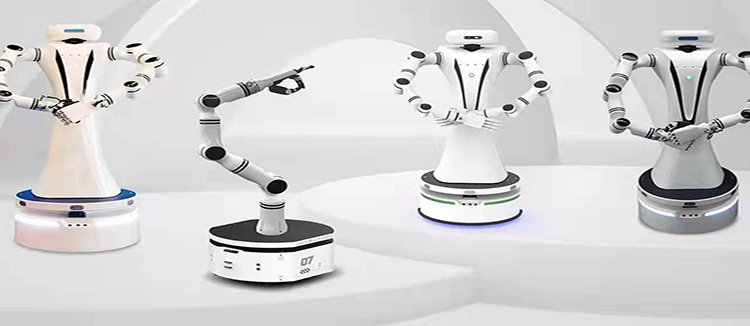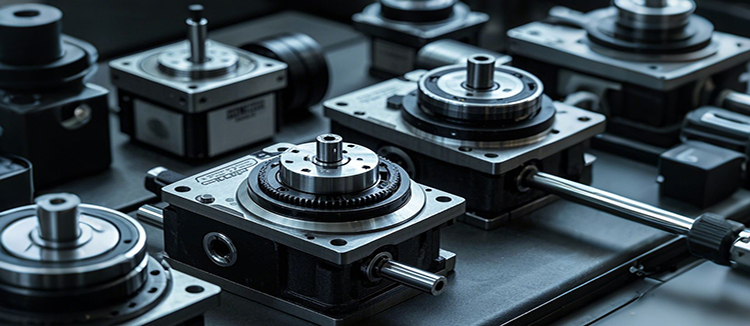Understanding the Precision and Efficiency of DD Motor Technology
When it comes to precision motion control, the DD motor (Direct Drive motor) stands out as a cutting-edge solution in the field of automation and robotics. This technology has revolutionized the way we approach high-precision applications, offering unparalleled accuracy and efficiency. In this article, we will delve into the intricacies of DD motor technology, exploring its benefits, applications, and the reasons behind its growing popularity.
The DD motor is a type of electric motor that eliminates the need for traditional mechanical transmission systems, such as belts or gears, by directly coupling the motor to the load. This direct connection allows for a more compact design, reduced maintenance, and improved performance. The absence of intermediate components also means that there is less energy loss, leading to higher efficiency and better control over the motor's speed and torque.

One of the key advantages of DD motors is their high precision. By directly driving the load without any intermediate transmission, these motors can achieve extremely fine control over movement. This precision is crucial in applications such as semiconductor manufacturing, where the slightest deviation can lead to significant defects. The DD motor's ability to provide exact positioning and speed control makes it an ideal choice for such high-stakes environments.

Another area where DD motors excel is in their efficiency. The direct drive mechanism reduces energy losses that are typically associated with mechanical transmissions. This not only leads to lower power consumption but also contributes to a more sustainable and eco-friendly operation. In industries where energy costs are a significant factor, the DD motor's efficiency can translate into substantial savings over time.

The DD motor's compact design is another benefit that cannot be overlooked. By eliminating the need for bulky transmission components, these motors can be integrated into tight spaces, making them ideal for applications where space is at a premium. This compactness also contributes to the overall weight reduction of the system, which can be particularly beneficial in mobile applications or where the motor needs to be mounted on a moving platform.
Maintenance is another aspect where DD motors shine. The absence of belts, gears, and other mechanical parts means that there are fewer components that can wear out or fail. This results in reduced maintenance requirements and longer service intervals, which can significantly lower the total cost of ownership for the system.
When it comes to applications, the DD motor's versatility is evident. They are used in a wide range of industries, including medical equipment, where precise control is essential for procedures like surgery and diagnostics; in the printing industry, where high-resolution printing requires exact positioning; and in aerospace, where the motors are used for precise control of satellite positioning systems.
As technology continues to advance, the demand for precision and efficiency in motion control systems is on the rise. The DD motor's ability to meet these demands makes it a preferred choice for many engineers and designers. Its combination of precision, efficiency, and reliability positions the DD motor as a key player in the future of automation and robotics.
In conclusion, the DD motor's direct drive technology offers a range of benefits that make it an attractive option for high-precision applications. Its precision, efficiency, compact design, and low maintenance requirements are just a few of the reasons why this technology is gaining traction in various industries. As we look to the future, the DD motor is poised to play a significant role in shaping the way we approach motion control.










